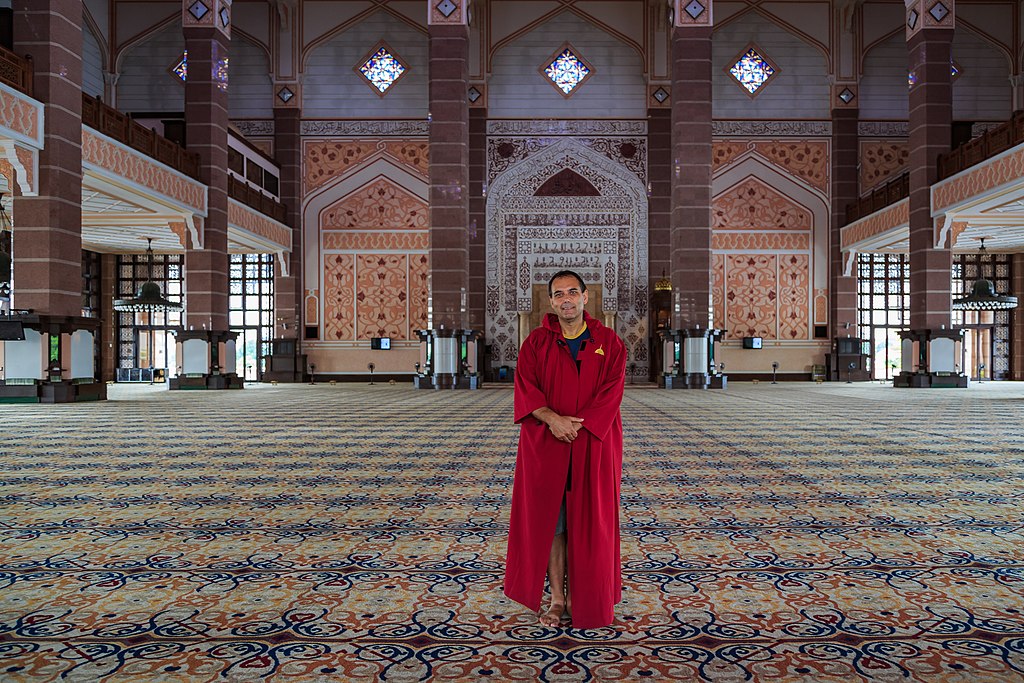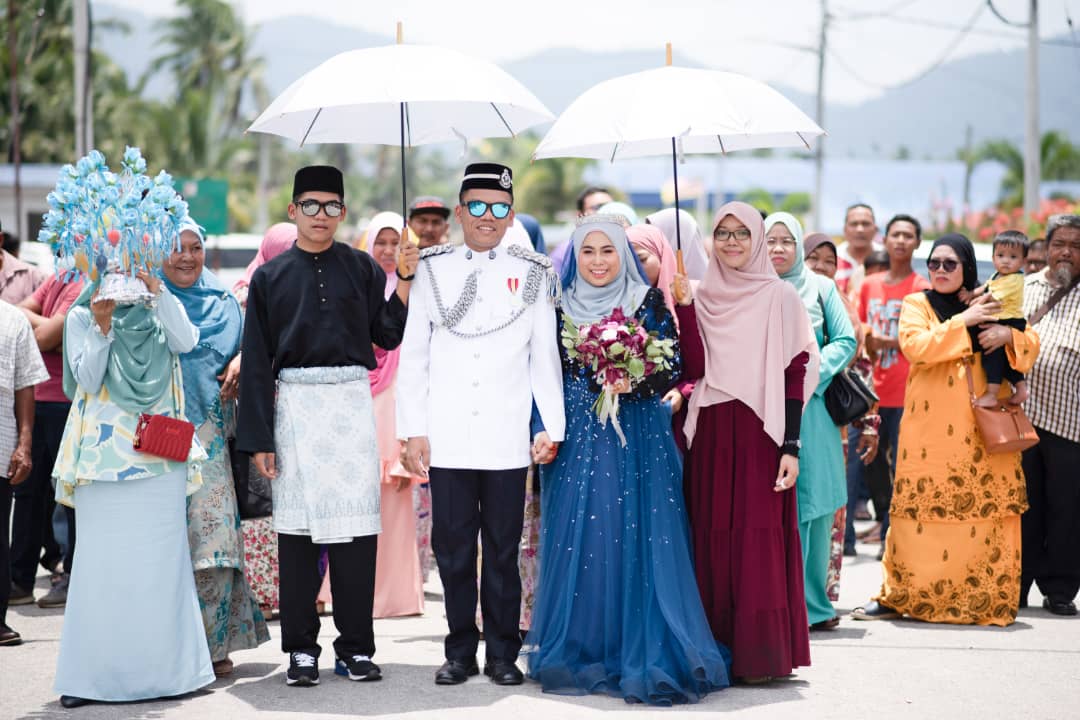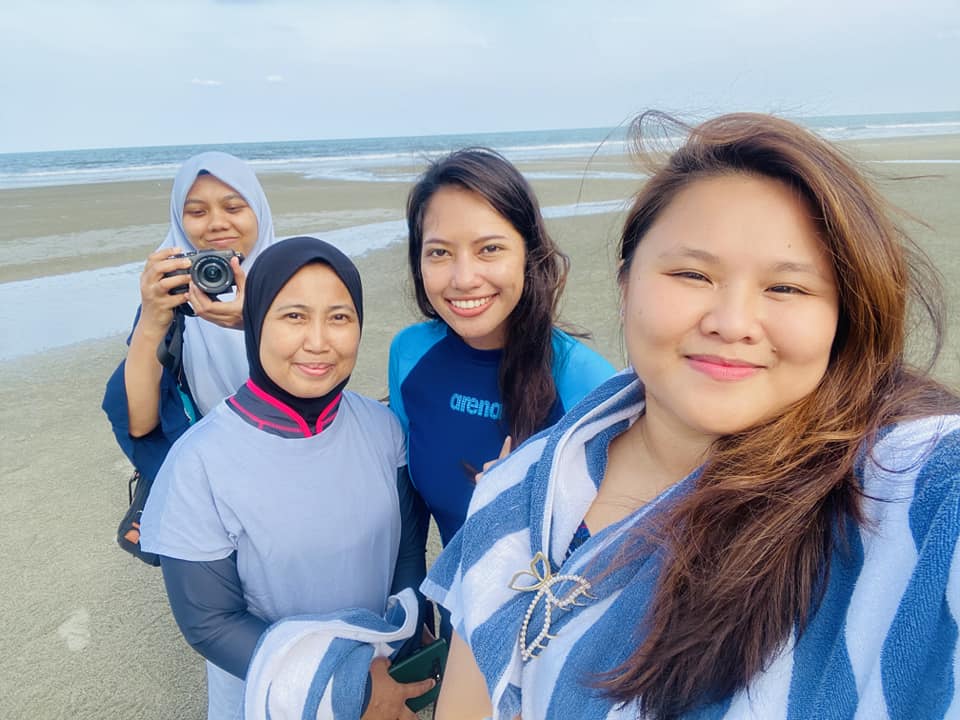Table of Contents
ToggleMalaysia Packing List and Dressing Etiquette - Tips from a Local
Malaysia enjoys a tropical climate. The weather can be described as hot and humid all year round with average temperatures around 32º Celsius (90º F) and 80% humidity. You would be tempted to wear the shortest of shorts, the most cropped of crop tops, and basically as little clothing as possible.
But here’s the catch: it’s also a predominantly Muslim country, with some regions being more conservative than the others. So, what do you wear to keep yourself cool, while still respecting the local culture? Here are some tips from a local!
Culture & Etiquette
The Islamic dress code generally requires women to cover everything up from top to toe except their hands and faces, and men to cover their torsos and legs. So, as a visitor, you might wonder, do you also have to cover up?
Well, this largely depends on where you’re going because some states are more conservative than others. The east coast of the peninsula has a much higher percentage of Muslim population than the west coast, for example, while East Malaysia (on Borneo island) is generally more laid back.

Throughout the country, you’ll see many women wearing the hijab, but this is not required by law. While Malaysia considers itself a Muslim country, it’s important to remember that it’s also a mixed bag of different cultures and religions, including Buddhism, Hinduism, Christianity, Taoism, and indigenous beliefs. Muslims only make up about 60% of the population.
In the big cities and touristy areas especially, it is not uncommon to see women in T-shirts, sleeveless tops, skirts, and shorts. In bars and clubs in Kuala Lumpur, you may even get away with micro crop tees, micro shorts, micro skirts, or anything else that can go micro. However, I would bring a jacket or scarf to avoid unwanted attention when getting to and from those places.
Outside of major cities, you may have to cover up a little bit more. As a general guideline, you should try to keep your shoulders, cleavage, and knees covered. Not that breaching this rule will get you in any trouble — it’s just considered inappropriate and rather impolite.
What to Wear to Places of Worship
The mosque — the strictest of them all — requires men to wear long pants and women to cover everything up except their faces and hands. Clothes must be loose, not skin-tight. Most mosques that are open to tourists provide sarongs, robes, and headscarves that you can borrow for free. Otherwise, bring one with you.

In all other places of worship like churches and temples (including Batu Caves), there may or may not be clear guidelines, but it’s best to wear modest outfits.
What to Wear to Government Offices
If you ever find yourself having to visit a government office in Malaysia, your safest bet is to wear long pants/skirt and a shirt with sleeves.
While there’s no official rule on what to wear or not to wear, there have been several cases where members of the public were denied entry to government offices due to ‘inappropriate attire’.
This has quite understandably, caused some irk among the locals. Imagine going to the police station or the hospital for an emergency only to be turned away because your knees are showing!
What to Wear to Formal Events
For office functions, your regular office wear would suffice. It’s also common for Malaysians to wear batik or traditional costumes as their office attire, so don’t be surprised if official events here look more colorful than what you’re used to.
If you’ve been invited to a traditional wedding, try to look up what the traditional costume of that particular culture looks like, and get something similar. As a general rule of thumb, a dress that covers the shoulders and goes below the knees are a good choice for any wedding, even the Muslim ones, but do check with your host, just to be sure.

Cultural Appropriation in Malaysia
What if you have taken a liking to the elegant baju kebaya or the twirly lehengas? Is it okay to wear them?
Of course! We are so used to cross-cultural dressing that there’s no such thing as cultural appropriation in Malaysia. We would wear baju kurung for Eid, sarees for Diwali, and the cheongsam for Chinese New Year, and everybody just compliments each other over how great they look. In Malacca, tourists can even rent the kebaya nyonya to take photos in.
As long as you are respectful about it and not trying to make a mockery of another culture, we honestly don’t mind. If anything, we would feel flattered that you’re showing appreciation for our traditional wear. You might even become the talk of the town!
What to Wear to the Beach
Some of the more conservative states like Kelantan and Terengganu have officially banned bikinis in public places. Locals typically swim fully-clothed with hijab and all, or in burqinis (Muslim swimwear). However, as of now, this rule only applies to Muslim locals, not foreign or non-Muslim tourists.
So, you may still wear bikinis if you wish. It will not get you in trouble with the authorities, although you might attract some attention from curious onlookers.

What's NOT Acceptable
Although bikinis and bathing suits are tolerated at the beach and swimming pools, it’s not okay to be walking around in them on the streets as one might do in Bali or Thailand.
Skinny-dipping or sunbathing in the nude are a big no-no and a surefire way to get you arrested and/or fined for indecent exposure.
In recent years, it seems to have become a worldwide trend for women to snap topless pictures on mountains and post them on social media as a symbol of women empowerment. Although I’m all for feminism and body positivity, please do not do that here.
Climate

Malaysia has a tropical climate, with temperatures hovering around the 30s in most places. It’s also very humid, so you’ll want something light and airy that wicks moisture and dries quickly. Think linen blouses and summer dresses.
Quick-dry sportswear is a good option if you’ll be spending a lot of time outdoors. Bring a hat and sunglasses as well, because the sun can be unforgiving at midday.
You’ll also learn that long, loose clothing actually makes the heat and humidity more bearable than sleeveless tops that cling to your skin.
Loose clothing allows for more ventilation to cool you down and dry your sweat faster, while long sleeves and pants will protect your skin from the harsh sun (and mosquitoes). There’s a reason why elephant pants are so popular in this part of the world!
However, it’s important to know that because of the heat outside, indoor air-conditioning and public transports are notorious for being freezing. So, make sure you bring along a light jacket, especially if you plan on taking long-distance overnight buses. It will also come in handy when you visit the highlands.
Apart from the heat and humidity, Malaysia also gets a lot of rain. The country is affected by two monsoons — the Northeast Monsoon from November to March, and the Southwest Monsoon from May to September. However, in most places, the weather is highly unpredictable. Kuala Lumpur, for example, gets 1 – 2 hours of rain almost every day, especially in the late afternoon. So, to be safe, always carry an umbrella, raincoat, or poncho with you.
In terms of footwear, bring something light and breathable. A pair of comfortable sandals are going to be very versatile — you can use them on the beach, for walking in the city and even for easy hikes if they’ve got good grip. They are also easy to remove when you need to enter someone’s home or religious sites.
Malaysia Packing Checklist
To summarize, here’s a list of essential clothing items you will need for your Malaysia trip:
- Long, loose and airy clothing that covers your shoulders and knees.
- Sarong or scarf
- Light jacket
- Raincoat or poncho
- Hat
- Sunglasses
- Swimwear
- Comfortable walking / hiking shoes
- Sandals / flip flops
- Thermal wear (only if you’re staying overnight on the mountains or highlands)
Are you planning to visit Malaysia soon? If you have any question or would like me to add anything to this article, feel free to let me know in the comments below.